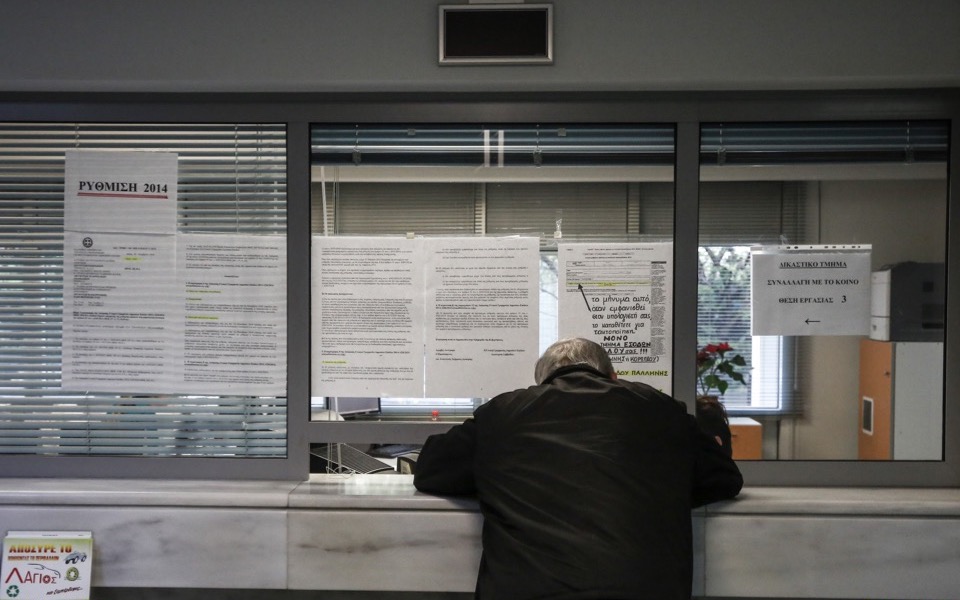Tailor-made debt interventions

This year, the government intends to employ à la carte measures – adjusted to the economic profile of each debtor – to resolve the major problem of private debt management.
Market pressure for debt writeoffs and extensive and favorable repayment programs has grown, but the government is also under pressure from its creditors to preserve the payment culture and avoid slipping back toward horizontal solutions that could be taken advantage of by those who are quite capable of meeting their obligations.
In this context, the Finance Ministry will seek to make the most of the year’s first few weeks to record the consequences of the pandemic after the loss of most of the festive season turnover, and then announce new targeted measures.
One of the interventions the market is anticipating is an increase in the number of tranches for the payment of dues to the tax authorities that have accumulated since last March (without even knowing when the payment moratorium ends as hundreds of thousands of professionals remain in lockdown conditions).
The offer of more tranches will be connected to the course of the finances of the party in question during the pandemic, excluding any debts accumulated before March. For accessing more favorable repayment terms, companies will be asked to provide all their financial details – not just the course of their revenues. These data will also be used for other support measures.
Another measure expected is the transformation of the cheap state loans of the first three phases of the program known as the “Deposit To Be Returned” into grants that will not be paid back to the state, in response to the market demand for debt haircuts. A central direction toward a new round of bank loan debt arrangements is also in the cards.
The satisfaction of the market demand for a “bridge” protection program for enterprises akin to that introduced for mortgage holders (“Gefyra”) has come up against several obstacles. The main concern is that the fiscal cost of such a bridge program would be two or three times as expensive as Gefyra, reaching up to 700-800 million euros.





